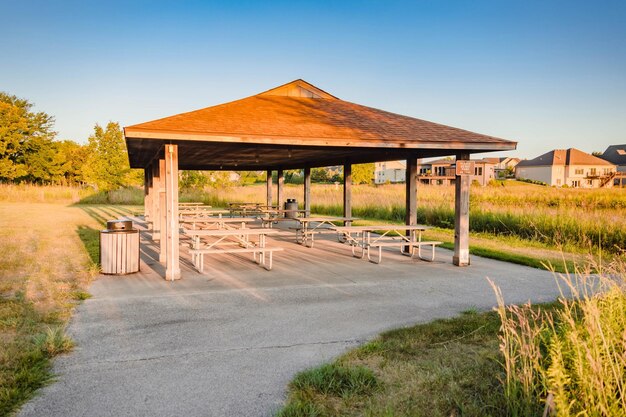Finding Shelter and Support in Salt Lake City: What You Need to Know
Finding a safe space when you’re in need is essential, and Salt Lake City offers several options for those seeking homeless shelters. With an array of services designed to provide not just shelter but also critical resources, it's important to be aware of available options and how to access them.
Understanding Your Shelter Options
Salt Lake City is committed to helping individuals and families facing homelessness. The city offers multiple shelters, each with specific services to address unique needs:
The Road Home: As one of the largest shelters in the region, The Road Home provides emergency shelter and housing services. They focus on using a housing-first approach to transition individuals into permanent housing situations.
Volunteers of America, Utah: This organization runs the Youth Resource Center, offering overnight shelter and vital support services to homeless youth aged 15-22, encouraging stability and personal development.
YWCA Utah: Specializing in services for women and children, the YWCA provides more than just shelter. They offer support for those dealing with domestic violence, focusing on safety and empowerment.
While these are just a few examples, it’s important to reach out directly to shelters to understand their current availability and specific entry requirements.
Leveraging Government Aid Programs
Beyond immediate housing, accessing government aid programs can play a crucial role in achieving long-term stability. Salt Lake City residents can consider programs such as:
SNAP (Supplemental Nutrition Assistance Program): This provides food assistance to eligible low-income individuals and families, helping reduce one significant financial burden.
TANF (Temporary Assistance for Needy Families): Offers monetary support and aims to help needy families achieve self-sufficiency, including helping pay for housing.
Engaging with local social services can also connect individuals to broader networks of support, such as case management and employment services.
Exploring Financial Assistance and Debt Relief Options
For those already struggling with debt or financial instability, seeking financial assistance can be a viable path. Here are a few options available:
Rental Assistance Programs: These can provide emergency rental assistance to help families maintain housing while working toward financial independence.
Debt Counselors: Certified non-profit agencies can offer advice for consolidating credit card debt, establishing budgets, and improving credit scores.
Considering guidance and support from professionals might give you the tools needed to manage debt effectively and prevent future financial challenges.
Invest in Education for a Brighter Future
Education is a key factor in escaping the cycle of poverty and homelessness. Salt Lake City offers educational grants and training programs:
Pell Grants: These federal grants provide financial aid to low-income students pursuing higher education, which doesn’t need to be repaid.
Vocational Training: Programs aimed at teaching job-specific skills can quickly transition individuals into the workforce with valuable qualifications.
By taking advantage of educational opportunities, individuals can enhance their skills and employability, paving the way for better job prospects and financial security.
Helpful Resources to Explore
Here's a quick list of resources to keep in mind as you explore your options:
- 🏠 Local Shelters: Connect with nearby shelters for immediate housing needs.
- 📑 Government Aid Programs: Apply for SNAP and TANF to alleviate financial pressures.
- 💳 Debt Relief Options: Seek debt counseling to address financial challenges.
- 🎓 Educational Grants: Apply for Pell Grants and look into vocational training as a way to boost future prospects.
Salt Lake City offers a myriad of resources aimed at providing not only shelter but a path towards sustainable living. By utilizing these programs and staying informed, individuals can take meaningful steps toward rebuilding and securing a stable life.
